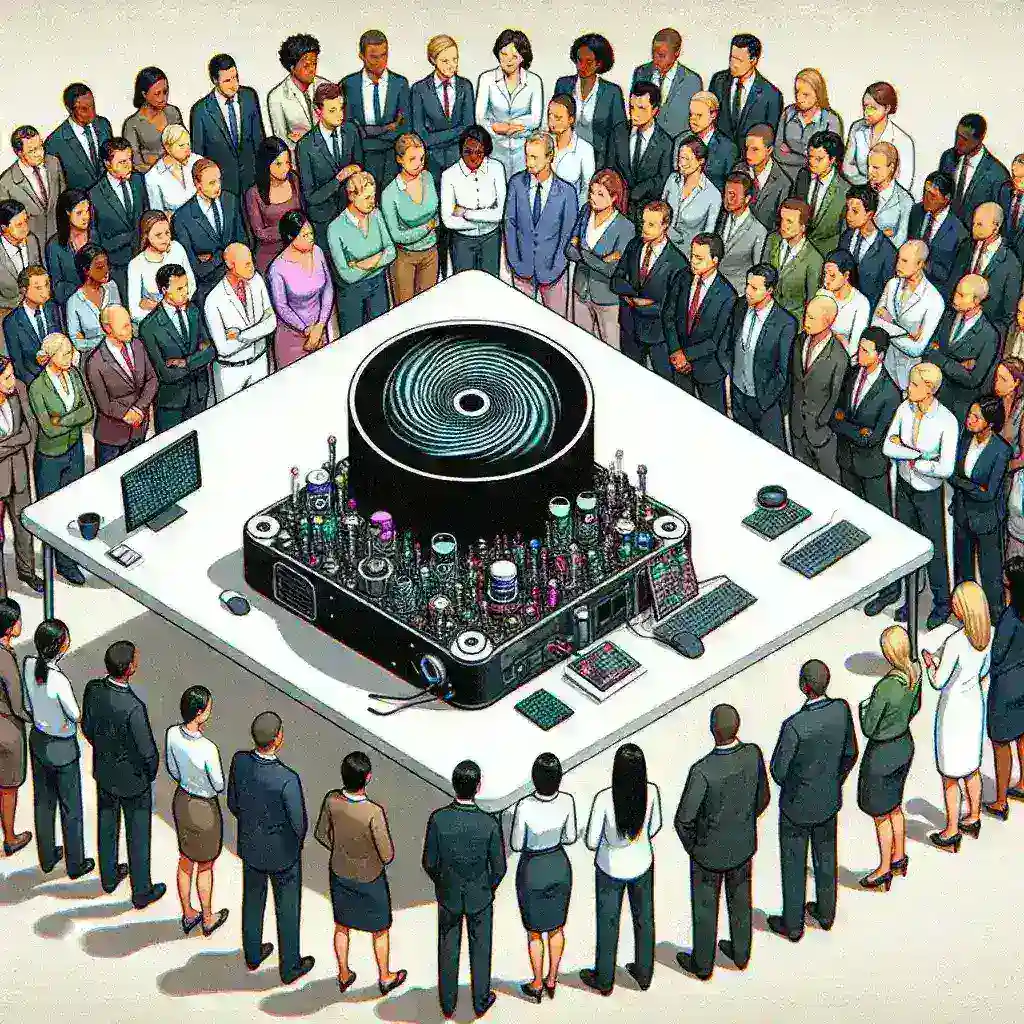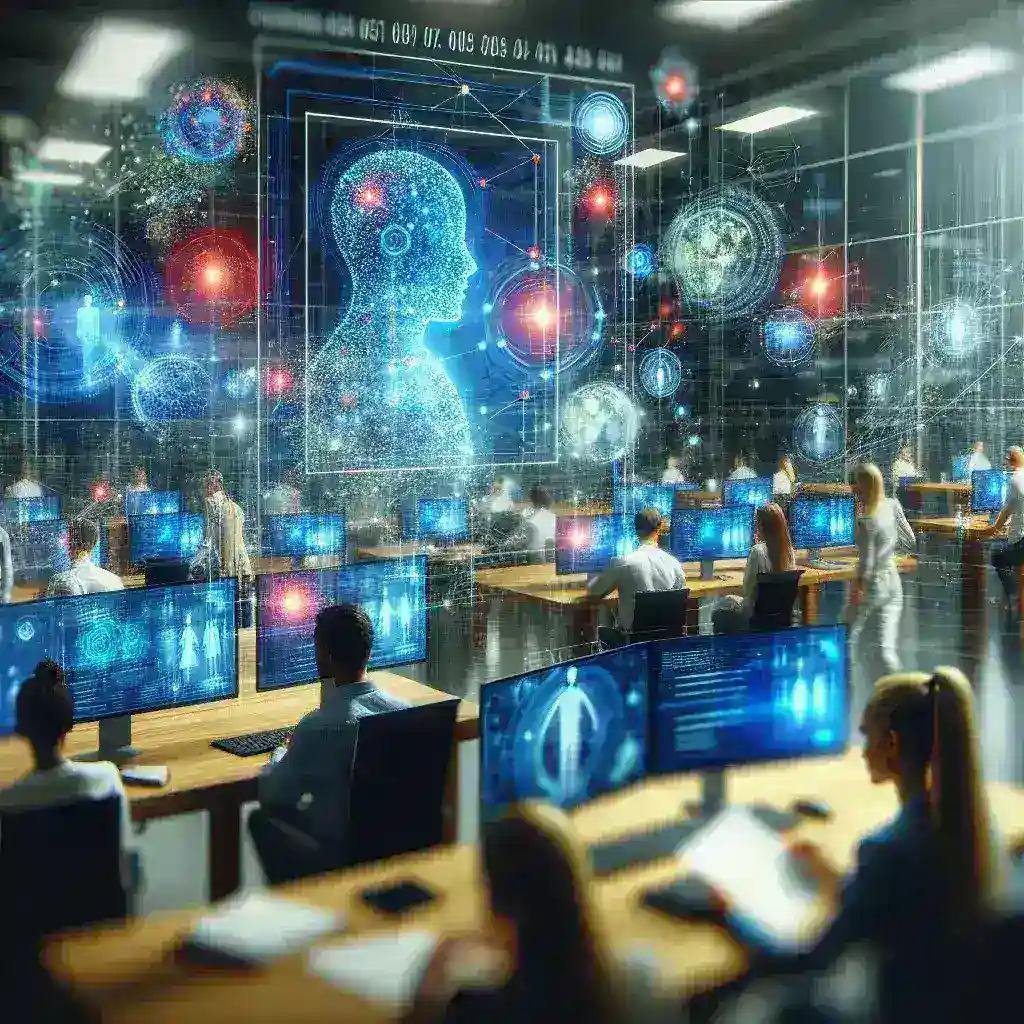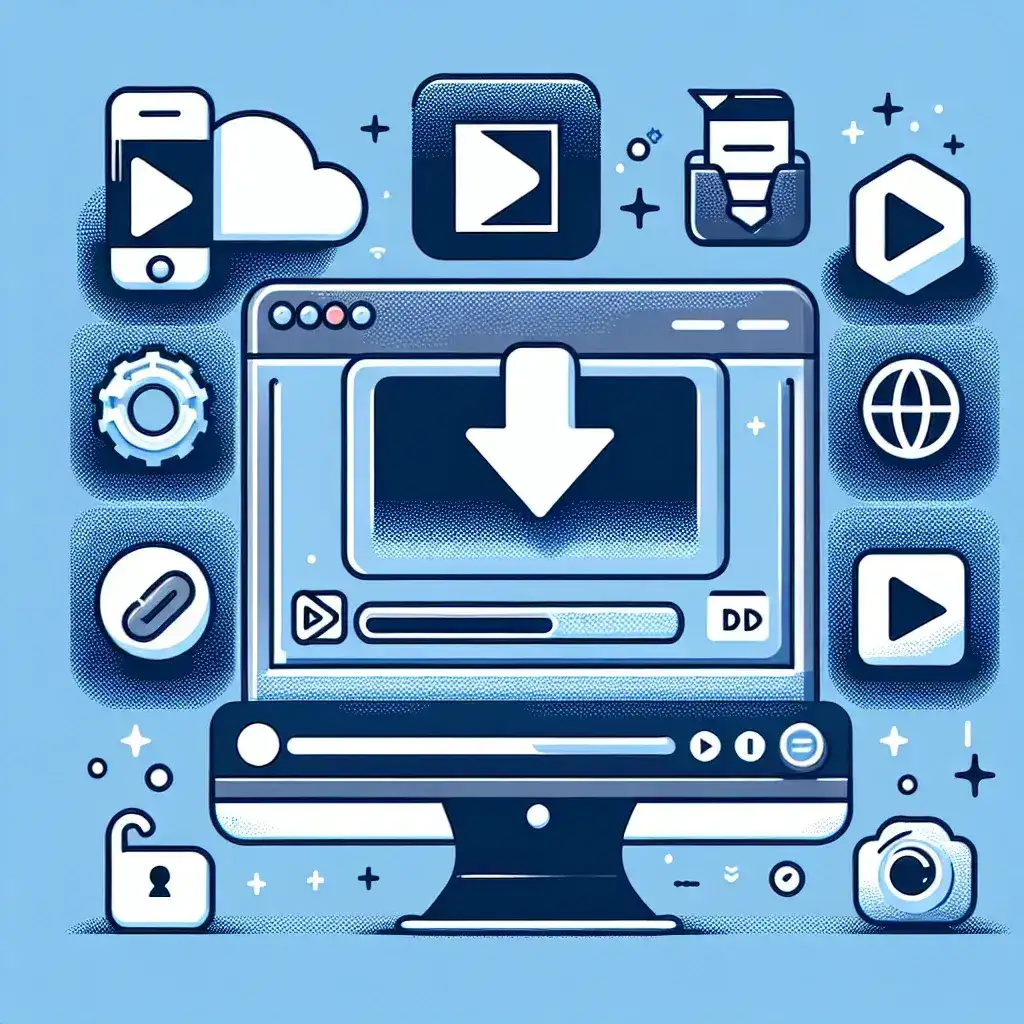Introduction
The rise of generative AI tools has created ripples across multiple sectors, particularly the job market. As these tools become more sophisticated, their impact on employment, skill requirements, and organizational structures continues to evolve. This article delves into how the job market is responding to these advancements, elucidating historical trends, current impacts, and future predictions.
Historical Context
To understand the current dynamics, it’s essential to explore the historical context of AI development. The evolution of AI tools can be traced back to the early days of computer science, but significant breakthroughs occurred in the 2010s with the advent of deep learning. Generative AI tools, which create content and solutions autonomously, have emerged as a pivotal innovation in this timeline.
The Evolution of AI Tools
- Early AI (1950s-1990s): Initial developments focused on rule-based systems and basic algorithms.
- Machine Learning (1990s-2010s): Algorithms began to learn from data, resulting in improved predictions and classifications.
- Generative AI (2010s-Present): Tools like GPT-3 and DALL-E emerged, enabling content creation and design.
The Current Landscape
As of 2023, the job market is undergoing significant transformations due to generative AI’s influence. Businesses are increasingly leveraging these tools for various applications, which leads to both opportunities and challenges.
Opportunities Created by Generative AI
Generative AI tools have introduced numerous opportunities in the job market:
- New Job Roles: Positions such as AI trainers, data curators, and prompt engineers have emerged, focusing on optimizing AI performance.
- Enhanced Efficiency: Routine tasks can now be automated, allowing employees to focus on higher-level strategic initiatives.
- Cost Reduction: Companies can achieve operational efficiencies, leading to innovative projects that require human oversight.
Challenges and Concerns
Despite these opportunities, challenges remain:
- Job Displacement: There is ongoing concern about automation replacing jobs, particularly in sectors reliant on repetitive tasks.
- Skill Gaps: The rapid pace of AI development necessitates continuous learning, leaving some workers struggling to keep up.
- Ethical Considerations: The use of AI raises ethical questions about data privacy, bias, and decision-making transparency.
Future Predictions
Looking ahead, the job market’s evolution due to generative AI tools is expected to continue. Here are some predictions:
1. Increased Demand for Technical Skills
As generative AI tools become more integrated into business processes, the demand for technical skills, including data science and AI literacy, will rise. Educational institutions and training programs will need to adapt accordingly.
2. Emphasis on Creativity and Emotional Intelligence
While AI can handle data-driven tasks, human creativity and emotional intelligence will remain invaluable. Jobs that require interpersonal skills, creativity, and critical thinking will be harder to automate.
3. Hybrid Work Models
Generative AI tools facilitate remote collaboration, leading to the proliferation of hybrid work models. Companies may increasingly adopt flexible work arrangements, leveraging technology to maintain productivity.
Real-World Examples
To better understand the impact of generative AI on the job market, consider these examples:
- Marketing: AI tools are now used to generate content for social media, blogs, and advertisements, enhancing engagement and efficiency.
- Healthcare: Generative AI aids in diagnostics and personalized treatment plans, requiring healthcare professionals to work alongside these technologies.
- Entertainment: The film and gaming industries harness AI for scriptwriting and character design, illustrating the fusion of creativity and technology.
Cultural Relevance
The incorporation of generative AI tools into the workplace reflects broader cultural shifts towards embracing technology. This evolution can be seen in various sectors:
- Art: Artists are exploring AI as a medium, challenging traditional notions of creativity.
- Education: Educators are utilizing AI for personalized learning experiences, adapting to students’ unique needs.
- Business: Companies are fostering a culture of innovation, encouraging employees to experiment with AI technologies.
Conclusion
The job market’s response to improved generative AI tools is multifaceted, presenting a blend of opportunities and challenges. As companies increasingly integrate these technologies, ongoing education, skill adaptation, and ethical considerations will be paramount. Embracing this change can lead to a future where humans and AI collaborate to enhance productivity and creativity.
Call to Action
For professionals looking to thrive in this evolving landscape, it is crucial to stay informed about AI developments and invest in skills that complement these technologies. The future of work is not just about technology; it’s about leveraging technology to enhance human potential.






Leave a Reply